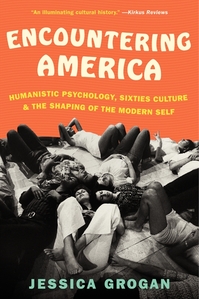 “Tom Morse, left, and his father, Burr, at work on their maple farm in Vermont.” Source of caption and photo: online version of the NYT article quoted and cited below.
“Tom Morse, left, and his father, Burr, at work on their maple farm in Vermont.” Source of caption and photo: online version of the NYT article quoted and cited below.
(p. 11) Scientists say the tapping season — the narrow window of freezing nights and daytime temperatures over 40 degrees needed to convert starch to sugar and get sap flowing — is on average five days shorter than it was 50 years ago. But technology developed over the past decade and improved in recent years offers maple farmers like Mr. Morse a way to offset the effects of climate change with high-tech tactics that are far from natural.
Today, five miles of pressurized blue tubing spider webs down the hillside at Morse Farm, pulling sap from thousands of trees and spitting it into tubs like an immense, inverse IV machine. Modern vacuum pumps are powerful enough to suck the air out of a stainless steel dairy tank and implode it, and they help producers pull in twice as much sap as before.
“You can make it run when nature wouldn’t have it run,” Mr. Morse said.
His greatest secret weapon is a reverse-osmosis machine that concentrates the sap by pulling it through sensitive membranes, greatly increasing the sugar content before it even hits the boiler. The $8,000 instrument with buttons and dials looks like it belongs in a Jetsons-era laboratory more than in a Vermont sugarhouse. But it saves more fuel and money than every other innovation combined. With it Mr. Morse can process sap into syrup in 30 minutes, something that used to take two hours.
. . .
The biggest United States maple farmers have expanded their production acreage and are tapping more trees than ever before: the total was 5.5 million taps last year, compared with slightly over 4 million taps 10 years earlier.
As a result, United States maple syrup production hit a new high in 2011. In Vermont, the top-producing state, sap yield per tap has risen over the past decade.
For the full story, see:
JULIA SCOTT. “Maple Syrup: Old-Fashioned Product, Newfangled Means of Production.” The New York Times, First Section (Sun., March 31, 2013): 11.
(Note: ellipsis added.)
(Note: the online version of the story has the date March 30, 2013, and has the title “High-Tech Means of Production Belies Nostalgic Image of Maple Syrup.”)






